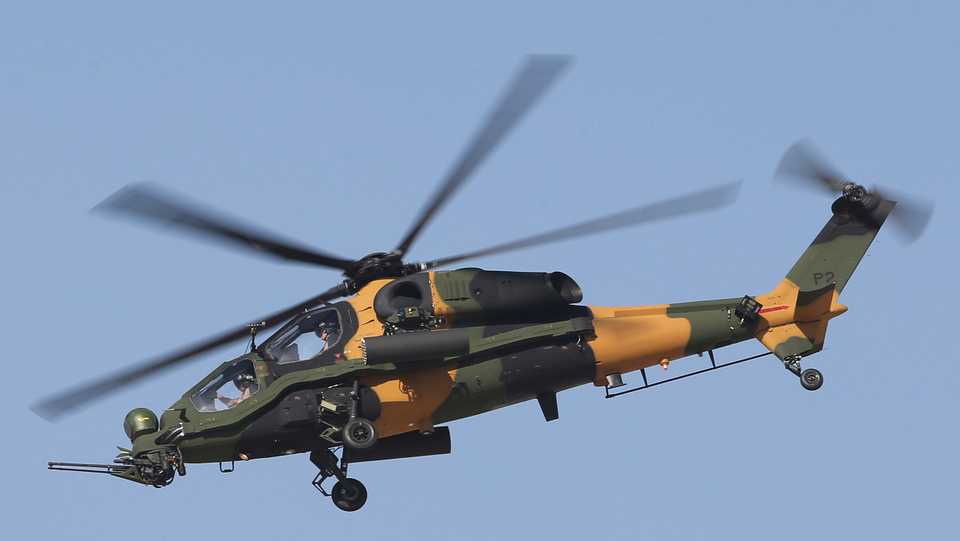
Stockholm International Peace Research Institute (SIPRI) released a report on the volume of international arms transferring data in 2014-2018.
According to SIPRI’s data, Turkey’s arms export increased by 170 percent in the last four years than in 2009-2013 that marks record in the world in terms of arms exporting.
Turkey has been developing its military technology and capacity, under a national development scheme that it calls the 2023 Vision, named after the 100th anniversary of the establishment of the modern republic. The country has produced in recent years domestic tanks, fighter jets, defence systems and unmanned aerial vehicles.
Turkey’s growing defence industry fulfills the country’s military needs and is attractive to other countries.
Two Turkish companies, ASELSAN and Turkish Aerospace Industries, also were listed in the top 100 world arms producing and military service companies SIPRI’s list in 2017.
Total volume of transfers of arms was increased 7.8 percent in 2014-2018 than in 2009-2013 and 23 percent than in 2004-2008, while Turkey had recorded 170 percent increase.
The US holds 36 percent of the total exports of arms while Russia 21 percent, France 6.8 percent, Germany 6.4 percent and China 5.2 percent which constitute almost 75 percent of total arms exports around the world in 2014-2018.
Top five major weapons importers are Saudi Arabia, India, Egypt, Australia and Algeria – generating 12 percent, 9.5 percent, 5.1 percent, 4.6 percent and 4.4 percent of total imports respectively.
The flow of arms transfer had more concentrated to the Middle East while there was a fall in transferring to all other regions.
During the last four years, the US has widened the gap with other arms exporter. The US has increased its share on the arms sale market to 36 percent in last four years from 30 percent in 2009-2013.
In the last four years, the US exported major weapons 75 percent higher than Russia. However, in 2009-2013, the gap between the US and Russia was only 12 percent in favour of the US.
“Arms exports by Russia decreased by 17 per cent between 2009–13 and 2014–18, in particular due to the reduction in arms imports by India and Venezuela” the report said.
The Middle East: world largest arms importer
The Middle East countries brought more than half of the total of US arms sales in the last four years.
Together with the Middle East, the US had exported major weapons to at least 98 countries.
Due to ongoing civil wars and pursuing to develop countries’ army technologies, arms imports by states in the Middle East have been almost doubled, 87 percent, in four years, that marks for 35 percent of global arms imports.
“Saudi Arabia became the world’s largest arms importer in 2014–18, with an increase of 192 per cent compared with 2009–13,” report said.
Arms imports by Israel, Qatar, Egypt, and Iraq rose substantially – 354 percent, 225 percent, 206 percent and 139 percent respectively – between 2009 –13 and 2014 –18.
Pieter D. Wezeman, Senior Researcher with the SIPRI Arms and Military Expenditure Programme says: ‘Weapons from the USA, the United Kingdom and France are in high demand in the Gulf region, where conflicts and tensions are rife.’
Russia, France and Germany intensifies their arms sales to Egypt during Abdel Fattah el Sisi’s regime who orchestrated a military coup in 2013 against Egypt’s first democratically-elected former president Mohamed Morsi.










Discussion about this post